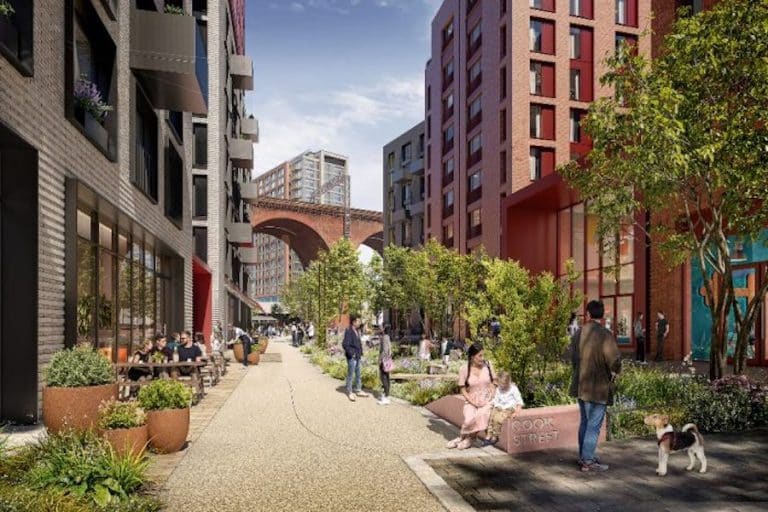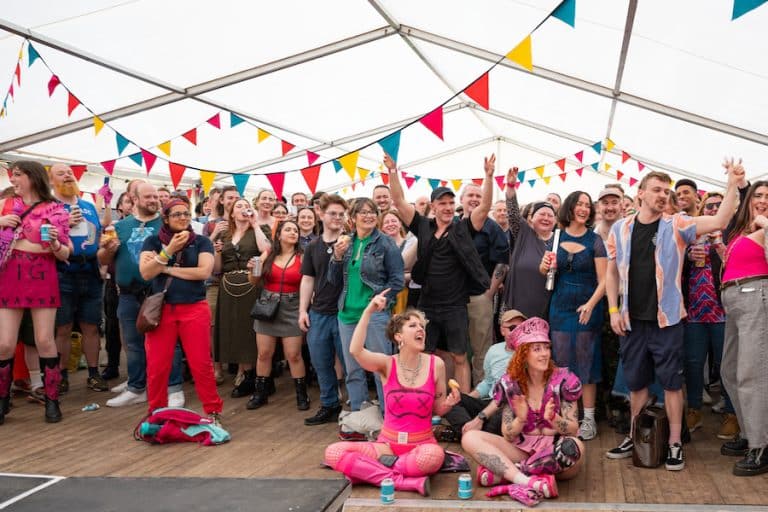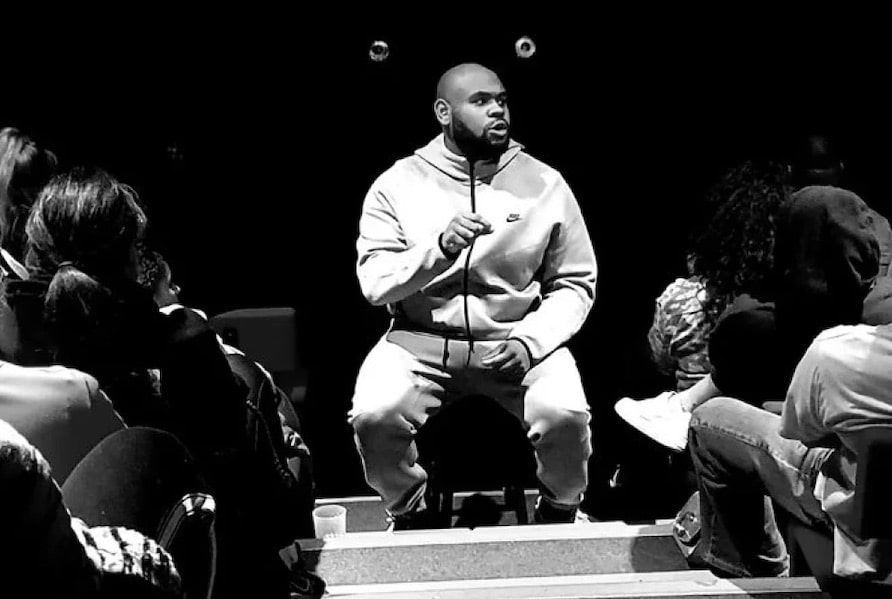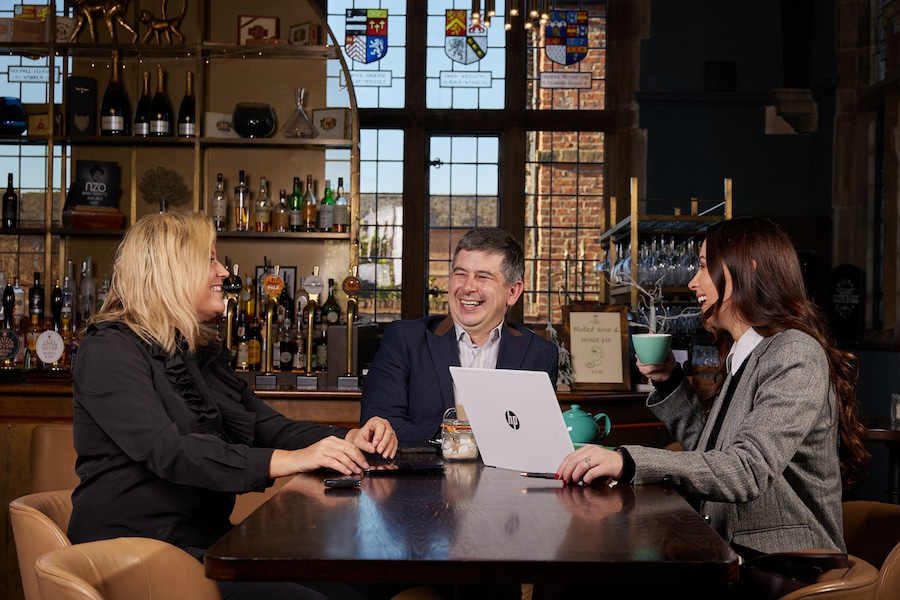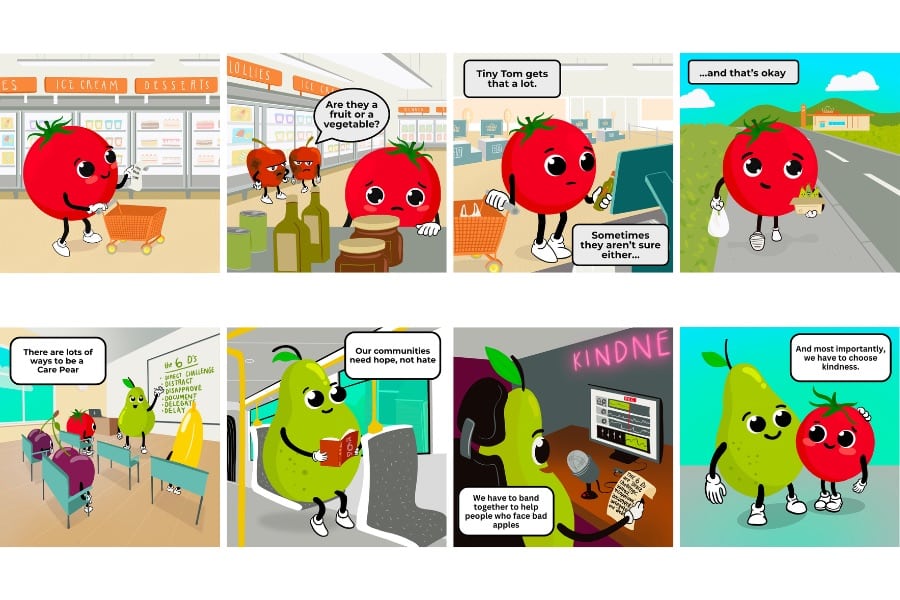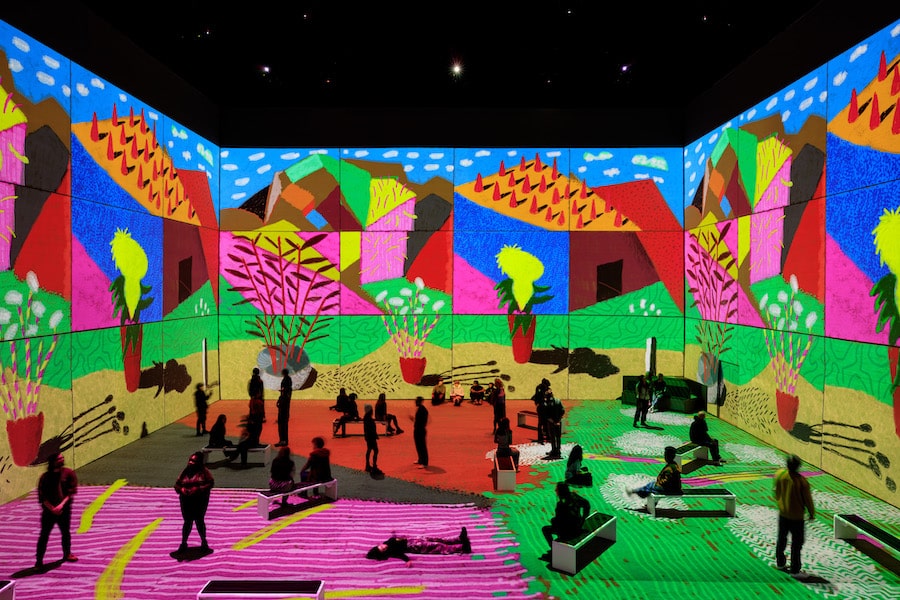Review: A Tale of Two Cities comes to life in this captivating multi-media show
- Written by Bethany Ravenscroft
- Last updated 3 years ago
- Theatre
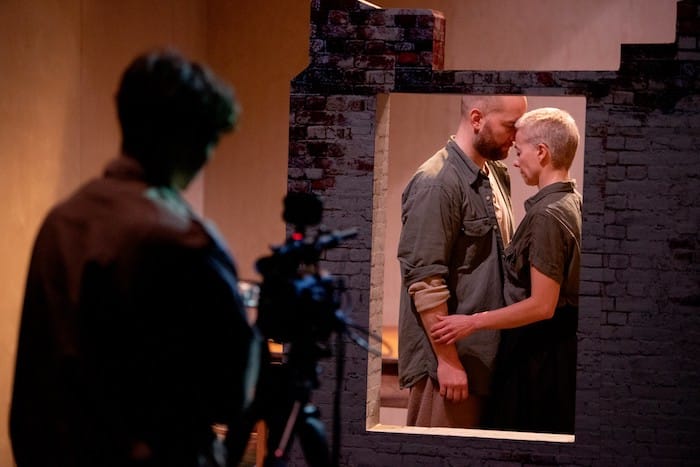
A delightful interpretation of Charles Dickens’ classic novel, Lost Dog’s A Tale of Two Cities is brought to life through its exceptionally stylised physical theatre, and phenomenally emotional acting.
Originally underwritten character, Lucie (Nina Madelaine), becomes the focal point of the story, as director Ben Duke rediscovers the real story of the psychologically complex character through an imaginatively troubled yet comedic 21st century woman.
The documentary style of the performance is entertaining and engaging, making it easier for the audience to understand the characters and the plot of the somewhat complicated story.
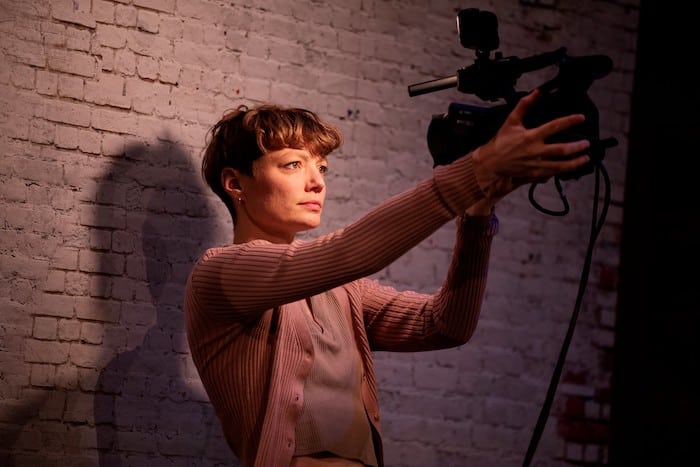
The performance begins as Lucie introduces her family through the onstage camera – a particularly interesting prop device – allowing everyone to meet the characters of the 90-minute production.
Lucie’s mother, Lucie (Valentina Formenti) – a moderately confusing similarity, at first – is the first to be introduced through the documentary, followed by Lucie’s father, Charles (Hannes Langolf) and brother, Sydney (John Kendall).
Each character’s introductions are fitting to their personalities, allowing the audience to become immediately immersed within the story as it begins to unfold.
Later on, Madame Lafarge (Temitope Ajose-Cutting) introduces herself to the audience, breaking away from the rest of the cast as she begins to tell her side of the story – effectively highlighting the tension between the characters through the deliberate dissociation.

The multi-media aspect of the performance almost has a gravitational pull towards it, with two separate screens and a stage; no matter where you look, there is always something happening.
Throughout the performance, each screen switches between different cameras and angles, giving the audience an intimate view into these characters’ lives, whilst practically feeling the weight of their troubles on your own shoulders.
The ingenious use of the two screens also allows the creative team to produce outstandingly emotive special effects, amplifying the story through captivating visuals.

Dance and physical theatre are one of the highlights of this performance; each movement carries intentional meaning behind it, showing the story through interpretive motions when words are seemingly not enough.
During each of the dance numbers throughout A Tale of Two Cities, the characters seamlessly break away from the riveting documentary style performance, effectively portraying the complexities of their thoughts and feelings, which otherwise wouldn’t be said aloud; the first movement interlude in particular successfully draws in the audience, through the slow-motion styled movements, depicting the harrowing events of the French Revolution.
The innovative set design of the barely formed brick house plays its own role perfectly, only allowing the audience to see into certain parts of the house on the stage, whilst the carefully constructed angles of the inside are projected onto the inclined ceiling – an imaginative story-telling technique.
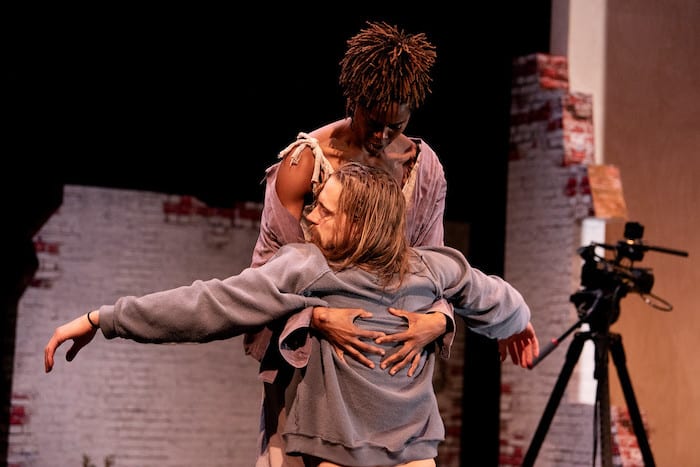
The costumes of each character are fitting, conveying who they are without speaking a word.
Each character’s costume seems to be a blend of the stereotypical late 18th century fashion, with slight modernisations to fit into the 21st century theme of the performance.
Whilst appealing and practical for both the audience and the cast, the highlight of the costumes is the ability to accentuate each intricate movement, rather than hindering anyone’s actions.
Lighting and music complement the intense performance, setting the tone of each scene appropriately, whilst especially emphasising the atmosphere during the dance interludes.
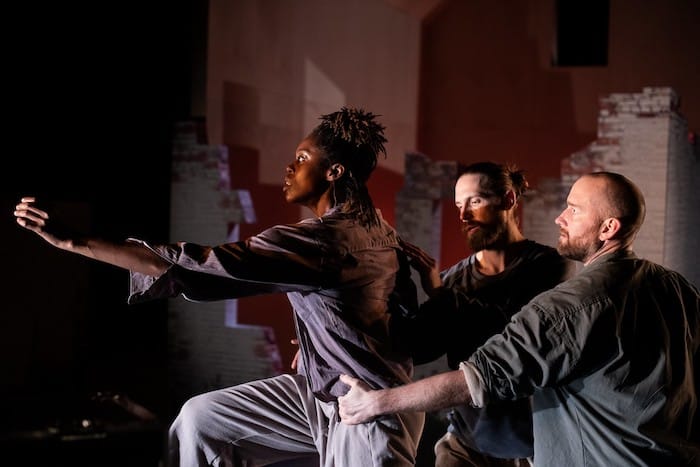
The song choices throughout Lost Dog’s A Tale of Two Cities are meaningful and relevant to the performance, inviting the audience to immerse themselves in the minds of the characters as the story unfolds.
Although at times it becomes slightly unclear whether certain confusing moments were due to technical difficulties or just a part of the plot, the cast’s performance engages the audience within the story, making the possible mishaps seem purposeful and precise.
Inclusivity is a priority for the production, with accessible performances including BSL interpretation and audio description. BSL interpreter, Clare Edwards, excels at blending the performance and her own interpretations together, giving the production as a whole a cohesive impression.
Perfect for connoisseurs of the theatre, and enticing for fans of literature, this is a show that’s welcoming for everyone.
Treat yourself to a captivating evening.
A Tale of Two Cities is at The Lowry until the 16th of March, and then continues on its UK tour. Tickets start from £16 and are available here.
- This article was last updated 3 years ago.
- It was first published on 16 March 2022 and is subject to be updated from time to time. Please refresh or return to see the latest version.
Did we miss something? Let us know: [email protected]
Want to be the first to receive all the latest news stories, what’s on and events from the heart of Manchester? Sign up here.
Manchester is a successful city, but many people suffer. I Love Manchester helps raise awareness and funds to help improve the lives and prospects of people across Greater Manchester – and we can’t do it without your help. So please support us with what you can so we can continue to spread the love. Thank you in advance!
An email you’ll love. Subscribe to our newsletter to get the latest news stories delivered direct to your inbox.
Got a story worth sharing?
What’s the story? We are all ears when it comes to positive news and inspiring stories. You can send story ideas to [email protected]
While we can’t guarantee to publish everything, we will always consider any enquiry or idea that promotes:
- Independent new openings
- Human interest
- Not-for-profit organisations
- Community Interest Companies (CiCs) and projects
- Charities and charitable initiatives
- Affordability and offers saving people over 20%
For anything else, don’t hesitate to get in touch with us about advertorials (from £350+VAT) and advertising opportunities: [email protected]
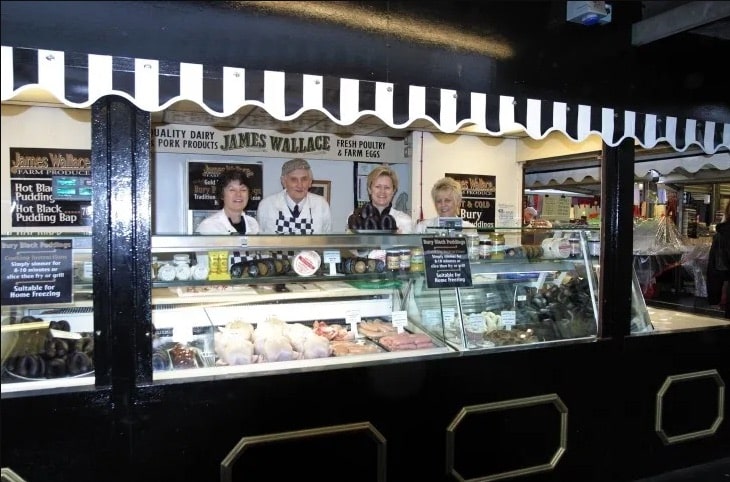
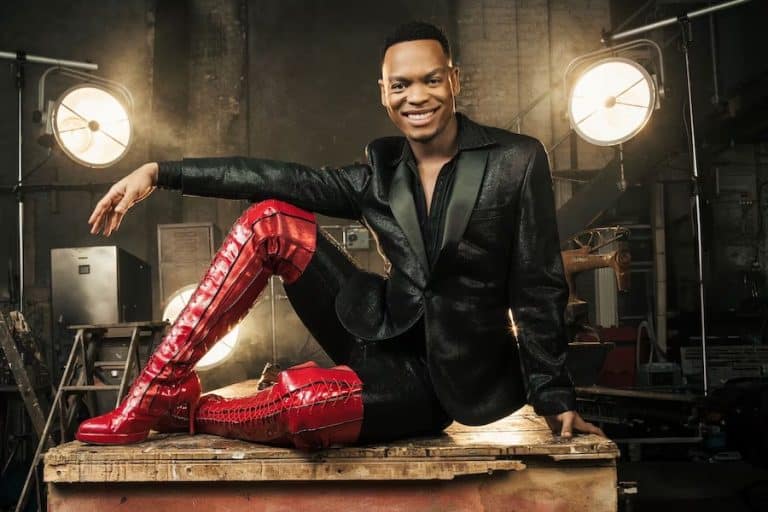
Review: Kinky Boots at Palace Theatre is ‘a heartwarming tale of acceptance and resilience’

Here’s how the incredible revamp of Manchester Airport Terminal 2 will look when finished

The best pizza in Manchester and where to get a slice of the action
